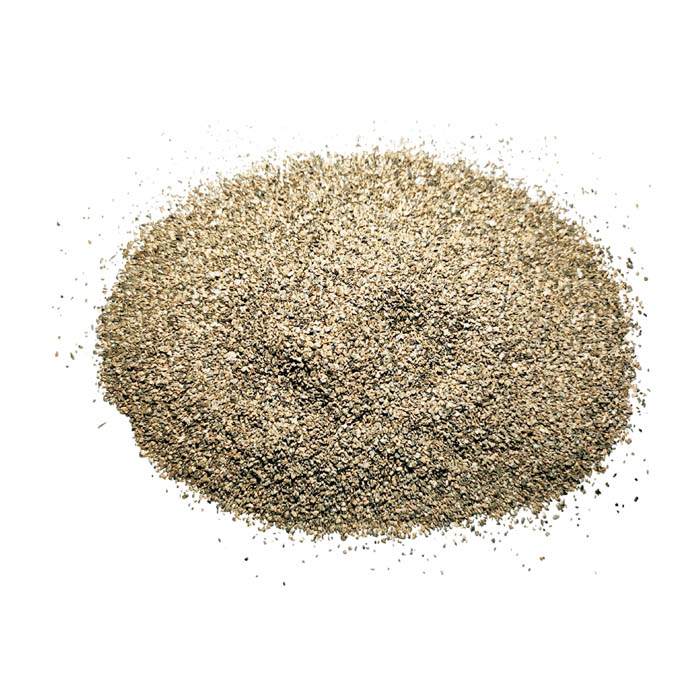Nov . 18, 2024 23:51 Back to list
scm440
Understanding SCM440 A Comprehensive Overview
SCM440 is a versatile medium-carbon alloy steel widely used in various engineering and manufacturing applications due to its excellent mechanical properties and the ability to undergo heat treatment. Known for its reliability and strength, SCM440 falls under the category of JIS (Japanese Industrial Standards) and is often referred to in international standards as 4140, which is its ASTM equivalent. In this article, we will explore the composition, properties, treatment processes, and applications of SCM440, highlighting why it remains a popular choice in industry.
Chemical Composition
SCM440 is primarily composed of iron, with carbon content ranging between 0.38% to 0.43%. It also contains a variety of alloying elements that enhance its mechanical properties. The typical composition includes
- Carbon (C) 0.38% - 0.43% - Manganese (Mn) 0.60% - 0.90% - Silicon (Si) 0.15% - 0.40% - Chromium (Cr) 0.90% - 1.20% - Molybdenum (Mo) 0.15% - 0.25%
This unique blend of elements gives SCM440 its distinctive features, such as increased hardenability, strength, and resistance to wear and fatigue.
Mechanical Properties
SCM440 exhibits impressive mechanical properties that make it suitable for demanding applications. The tensile strength of SCM440 typically reaches up to 1100 MPa (megapascals), with yields strength ranging between 700 MPa and 900 MPa, depending on the heat treatment process used. Additionally, its elongation before fracture can be around 20%, which suggests a good amount of ductility.
.
Heat Treatment
scm440

Heat treatment is a critical process for enhancing the properties of SCM440. The most common treatment processes include quenching and tempering.
1. Quenching This process involves heating the steel to a specified temperature (usually between 850°C to 900°C) and then rapidly cooling it in oil or water. This technique increases hardness and strength by transforming the microstructure to martensite.
2. Tempering After quenching, SCM440 can become too brittle for many applications. Tempering involves reheating the steel to a lower temperature (around 400°C to 700°C) after quenching. This reduces internal stresses, enhances toughness, and adjusts hardness to the desired level.
These processes highlight why SCM440 is highly favored for products requiring excellent dimensional stability and robustness.
Applications
SCM440’s mechanical reliability and adaptability make it suitable for a wide range of applications. Common uses include
- Automotive Industry It is extensively utilized in manufacturing gears, shafts, and crankshafts due to its high strength and fatigue resistance. - Construction Machinery Hydraulic components, such as cylinders and rods, are often made from SCM440 due to its wear resistance. - General Engineering Many tools, dies, and fixtures are crafted from SCM440, capitalizing on its toughness and durability. - Oil and Gas Industry Components exposed to high-pressure conditions, such as valve bodies and downhole tools, often rely on the resilience of SCM440.
Conclusion
In summary, SCM440 is a quintessential alloy steel that exemplifies the balance between strength, toughness, and versatility. Its chemical composition, combined with effective heat treatment processes, allows it to perform exceptionally well in various demanding applications. Industries seeking materials that can withstand extreme conditions continue to favor SCM440, solidifying its reputation as a dependable choice in the realm of alloy steels. As innovations in manufacturing and engineering continue to evolve, SCM440 is poised to remain a pivotal material in these advancements.
-
High-Quality Fe-C Alloy Leading Manufacturers & Spherical Alloy Materials Supplier
NewsJun.10,2025
-
Premium Low Nitrogen Recarburiser Supplier & Manufacturer – High Quality Exporters
NewsJun.10,2025
-
DT4 High-Quality Magnetic Materials Leading DT4 Manufacturer & Supplier
NewsJun.10,2025
-
High-Performance Spring Steel Suppliers Custom Solutions
NewsJun.10,2025
-
Premium SWRCH6A Manufacturer Steel Wire Supplier & Factory
NewsJun.10,2025
-
Premium Mild Steel Wire Rod Supplier & Manufacturer
NewsJun.10,2025
